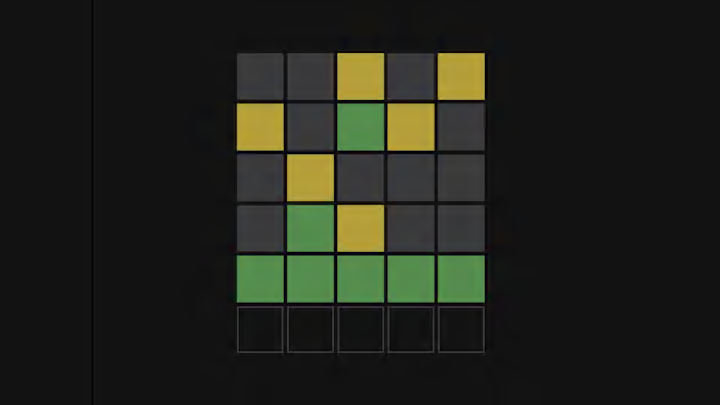Even if you’re a linguistics aficionado who always starts out with a very strategic opening word, it’s still possible to get stumped by Wordle. If parer was your downfall—puzzle #454, from September 16, 2022—rest assured, you were in good company.
According to I’m a Puzzle, a website that hosts community-created online jigsaw puzzles, parer was the toughest Wordle solution of the whole year thus far. To make that determination, researchers relied on @WordleStats, a Twitter API that crawls the social media site for Wordle grids tweeted by users and then posts a daily breakdown showing what percentage of those users solved the puzzle in each number of guesses (or failed before their six attempts were gone). A whopping 48 percent of Wordle tweeters failed to guess parer.
It’s worth mentioning that fewer puzzle lovers are tweeting out their Wordle grids these days than were doing so earlier this year. On a given day in February, for example, @WordleStats might’ve found some 350,000 grids across Twitter; November stats, meanwhile, have only cracked 30,000 once. There’s also no accounting for how people’s sharing tendencies could be skewing the data. Maybe more people are inclined to tweet out especially impressive or disappointing scores—or perhaps they prefer to keep their streak-breaking failures to themselves.
In short, it’s not a comprehensive dataset. But it can give you a pretty good sense of which kinds of Wordle solutions give players the most grief. In general, words in which a handful of green letters still don’t significantly narrow down your options are just plain hard. For instance: You can burn out all your guesses trying to nail the first letter of watch or catch, which took third and fourth place, respectively, on the difficult list. Either could easily have been match, latch, batch, patch, or hatch. Words with multiples of one letter—like mummy—are tough, too, as are terms that aren’t in most people’s daily vocabulary (e.g. tacit and coyly).
Peruse the top 10 list below; you can click through each word to see @WordleStats’s full breakdown on Twitter. And if you can’t get enough of the data analytics side of Wordle, you’ll probably enjoy exploring The New York Times’s WordleBot, too.
